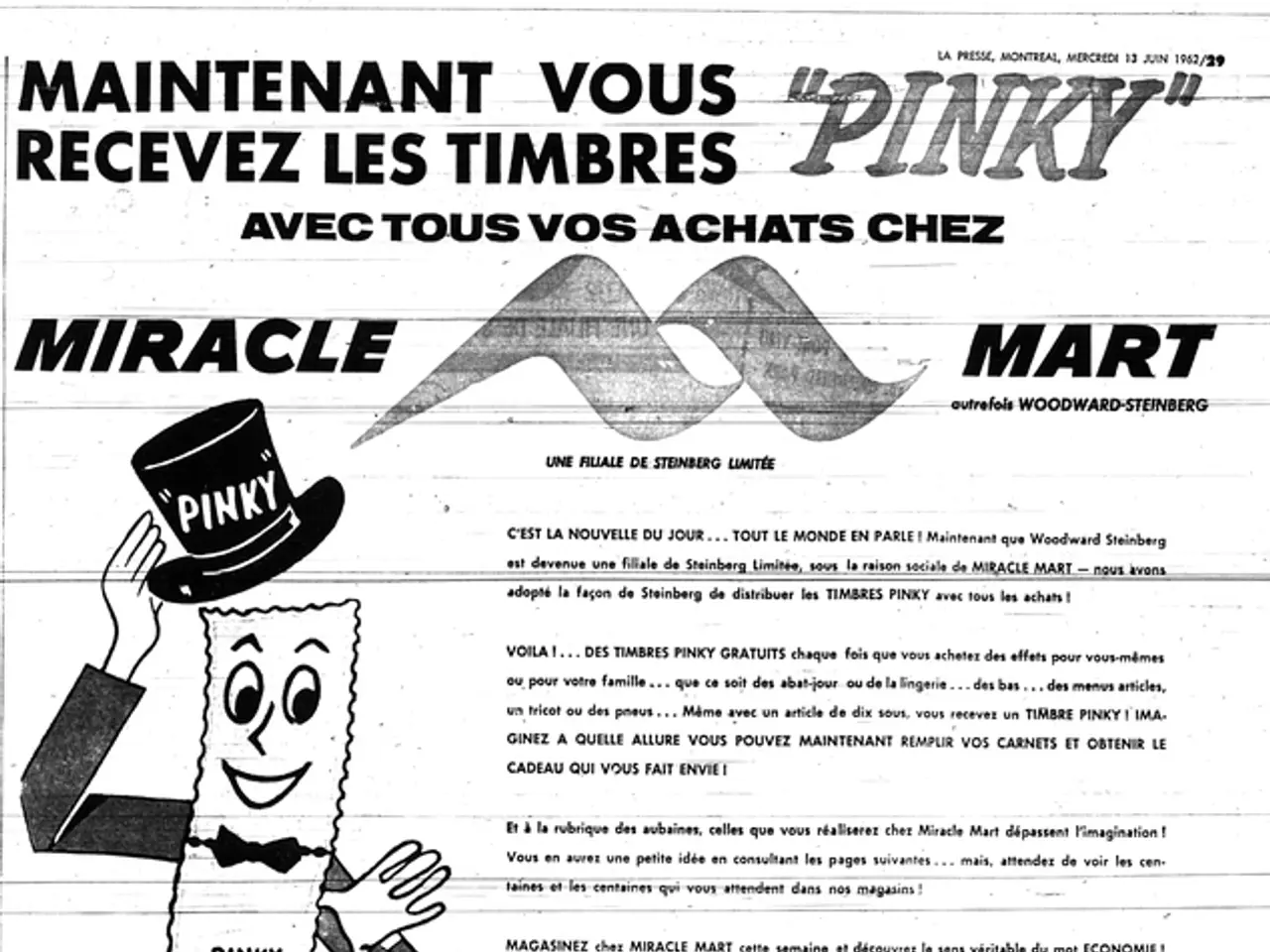Marketing Strategies Involving Influencers and Paid Advertisements Guide
In the ever-evolving world of social media marketing, micro-influencers have emerged as a powerful tool for brands seeking authentic and targeted engagement. By leveraging multiple income streams and strategic partnerships, these influencers monetize their content effectively, creating a win-win situation for both parties.
Usage Rights, Paid Media, and Whitelisting
Micro-influencers monetize their social media content through the granting of usage rights, paid media, and whitelisting. These methods allow brands to use their original content for advertising purposes, amplify their posts through paid media campaigns, and run sponsored content as paid ads targeting specific audiences.
Usage Rights
By negotiating agreements with brands to license their creative content, micro-influencers can generate revenue without additional content creation costs. This allows brands to run ads or use the content on their websites, increasing the influencer’s revenue.
Paid Media & Whitelisting
Micro-influencers provide permission for brands to “whitelist” their social profiles, enabling the creation of paid ad campaigns using the influencer’s account or boosting their posts as paid media. This helps brands leverage the influencer’s authentic voice and community trust while paying the influencer for this additional service.
Stacked Revenue Streams
Micro-influencers integrate usage rights and whitelisting with sponsorships, affiliate marketing, subscription models, and product sales to maximize earnings. This multi-layered approach increases stability and scale.
Engaged Niche Audiences
With 1K–100K followers, micro-influencers offer highly engaged communities, which brands find valuable for targeted ROI-driven campaigns. This makes usage rights and whitelisted paid campaigns more effective and financially rewarding despite smaller scale.
Direct Connections with Brands
Micro-influencers pitch brands they genuinely align with, building trust and recurring collaborations rather than one-off deals. This helps secure ongoing paid media and usage rights contracts.
Optimal Budget Splits
For maximizing ROI, it's crucial to adopt an optimal budget split between micro-, macro-, and celebrity creators. This balance ensures a mix of reach and engagement, ensuring that each dollar spent delivers the best possible results.
Paid Media Overlay
Orchestrating a paid media overlay around organic posts turns one-off collaborations into end-to-end performance-driven campaigns. This strategy amplifies the reach and impact of organic content, driving more conversions and sales.
Robust UTM Parameter Setup
Implementing a robust UTM parameter setup is essential for attributing clicks and conversions to specific creators. This allows brands to track the performance of each influencer and optimize their marketing spend.
Comment Moderation Strategies
Implementing comment moderation strategies such as automated keyword filters and vetted moderator teams helps maintain a positive ad environment. This ensures that the brand's message is delivered effectively and that the community remains engaged and supportive.
Defining Campaign Success
Define campaign success by tracking the blended CPA across organic and paid channels. Aim to keep influencer-driven CPA within 10-20% of the brand’s overall benchmark.
Joining UGC Pod Communities
Joining UGC pod communities enables mutual support for initial likes, comments, and shares, enhancing organic discoverability for micro-influencers. This strategy helps increase the visibility of the influencer's content and attract more potential collaborations.
Turning High-Performing Posts into Evergreen Assets
Turn high-performing posts into evergreen assets by extending paid usage in quarterly bursts to re-engage warm audiences and sustain long-tail performance.
Staying Competitive
Stay competitive by tracking emerging influencer trends like AI-driven creative and live commerce integrations. This ensures that the brand stays at the forefront of innovation and continues to deliver engaging and effective campaigns.
Reference Established Influencer Pricing Models
Establish transparent influencer rates by factoring in usage rights, engagement benchmarks, and production complexity. This ensures fair compensation for the influencer while providing the brand with a clear understanding of the costs involved.
Negotiating Ad Spend Thresholds
Negotiate a minimum ad spend threshold and advocate for a 60/40 split between whitelisted ads and broader feed and Stories placements. This ensures that the brand maximizes its investment in paid media while maintaining a balance between branded and organic content.
Offering Multiple Creative Options
Offer multiple thumbnail and hook variations within a single creative package and use platform A/B testing tools to identify top-performing combinations in real time.
Two-Phased Content Amplification
A two-phased approach for amplifying content involves an initial organic rollout and a subsequent paid amplification phase. This strategy capitalizes on initial social proof to fuel paid performance.
Streamlined TikTok Campaigns
For a streamlined start to TikTok campaigns, dive into the TikTok ad fundamentals in this beginner's guide.
Maximizing "Rights-Driven Revenue"
Tiered bundles, renewal reminders, and performance guarantees are strategies for maximizing "Rights-Driven Revenue."
Whitelisting for Boosted Ad Performance
Whitelisting allows brands to run ads directly from a creator’s handle, preserving creator-led social proof and boosting ad performance.
Paid Social Uplift
Research shows that a paid social uplift often doubles reach and halves CPM compared to organic-only campaigns. Brands can pay to boost a content creator’s posts as ads on platforms like Meta, TikTok Ads, and YouTube, extending the reach to lookalike and custom audiences.
By adopting these strategies, brands can effectively partner with micro-influencers, creating authentic and engaging content that drives conversions and boosts ROI.
- In the world of business and technology, micro-influencers utilize their social media platforms to monetize their content through various finance-related strategies such as granting usage rights, negotiating paid media, and enlisting in whitelisting.
- To make their campaigns more effective, micro-influencers often integrate finance-based methods like usage rights, whitelisting, sponsorships, and other revenue streams into their content creation process, resulting in a stable and scalable income model.




